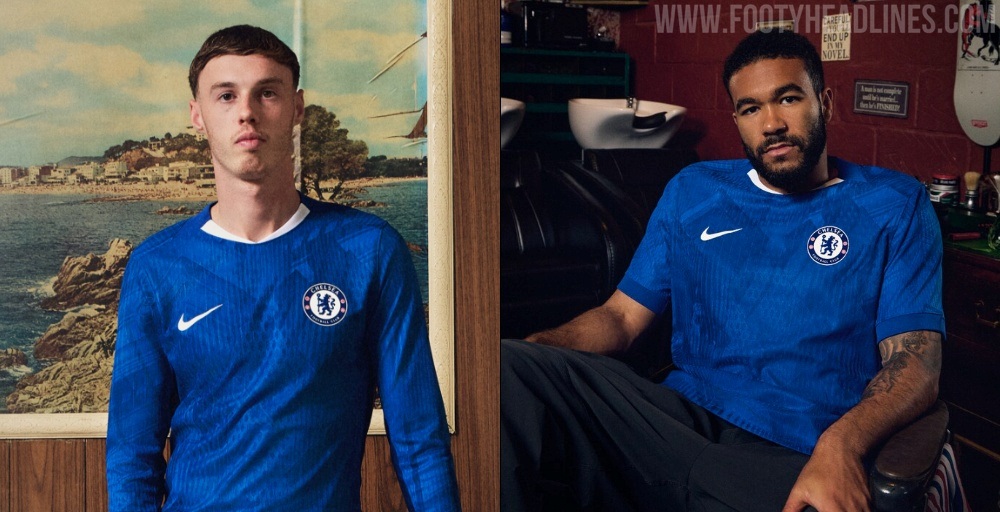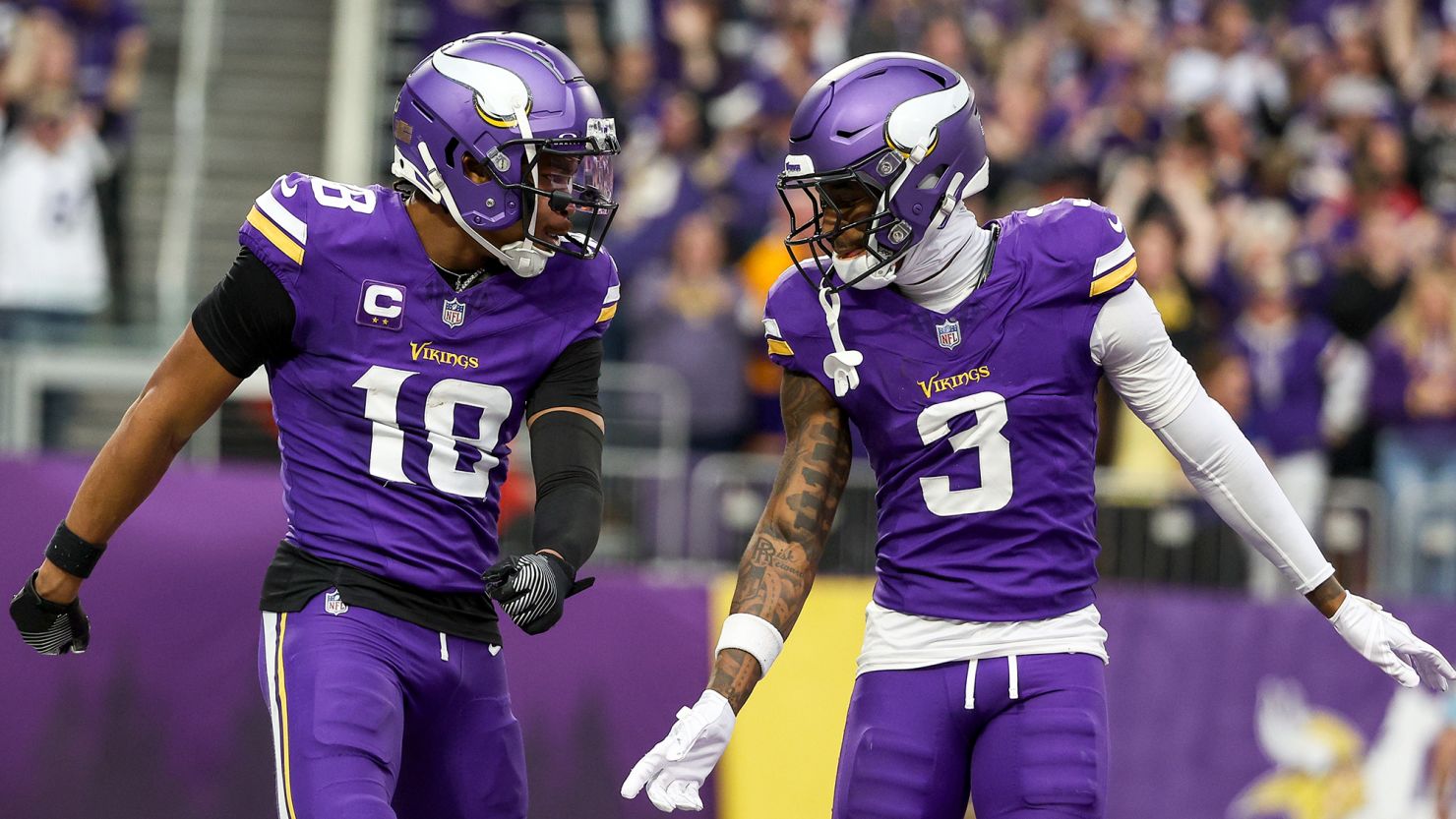When Chelsea Football Club unveiled their new kit through a striking brand-led creative campaign, it wasn’t just about fabric, fit, or function. It was about identity.
This latest launch marks a shift in how football clubs are thinking — not just as sports institutions, but as full-fledged lifestyle brands. No longer is a kit reveal a simple photo shoot or press release. It’s a cinematic event. It’s storytelling. And most importantly, it’s strategy.
The Kit as a Cultural Statement
The new Chelsea kit campaign isn’t just about selling shirts — it’s about projecting a message. The visuals echo London’s streetwear culture, merging heritage and modernity. The players aren’t just athletes; they’re brand ambassadors, fashion icons, and cultural conduits.
We saw players styled with creative flair, city backdrops that tapped into Gen Z aesthetics, and a launch that felt more like a Nike or Louis Vuitton drop than a football club’s new season uniform. It’s bold, unapologetic, and intentional.
That’s because, in 2025, the shirt is no longer just something you wear to support your team. It’s a piece of fashion, a symbol of belonging, and a commercial billboard — all at once.
Why This Matters in the Club Branding Landscape
Chelsea’s approach is indicative of a broader evolution in club marketing:
- Lifestyle > Legacy: While heritage remains important, the modern fan wants more than nostalgia. They want clubs that speak their language, reflect their style, and understand their media consumption habits.
- Brand Expression = Fan Engagement: A well-executed kit launch isn’t just about product sales. It builds brand equity, sparks conversation, and drives engagement across platforms. It invites fans to be part of something bigger than the match.
- Sponsorship Value Multiplier: For sponsors, this level of creativity enhances brand value. Being part of a club that understands design, storytelling, and global youth culture is worth more than logo placement on a jersey. It’s about narrative association.
- From Club to Culture: With campaigns like this, Chelsea positions itself not just as a football club, but as a cultural brand — one that can compete in the same breath as Off-White, Supreme, or Balenciaga. That’s a commercial game-changer.
The Kit Is Now the Brand’s Flagship Product
In the past, a kit was the uniform. Now, it’s the hero SKU of a global brand strategy.
Clubs like Chelsea are tapping into the emotional and aspirational power of football apparel to drive deeper loyalty, reach new audiences, and build cross-industry relevance. Whether it’s the streets of West London or the feeds of millions on TikTok and Instagram — the shirt now lives far beyond the stadium.
Final Thoughts: What Other Clubs Should Learn
Chelsea’s kit reveal campaign is a masterclass in how football teams can leverage creative branding to remain relevant in a saturated entertainment market. It blends authenticity with aspiration. It treats the club not just as a team, but as a brand platform — one capable of shaping trends and setting cultural tone.
For clubs looking to future-proof their identity and unlock new revenue channels, the lesson is clear: the jersey is not just part of your brand — it is the brand.


